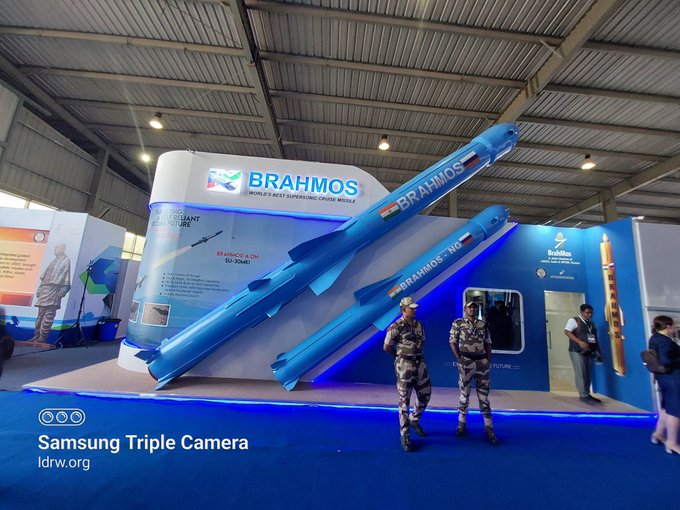SOURCE: AFI


India’s Defense Research and Development Organisation (DRDO) is currently developing an interferometric fiber-optic gyroscope (FOG)-based Inertial Navigation System (INS) for the BrahMos missile, marking a significant leap in indigenous navigation technology. This advanced INS system will further enhance the precision and reliability of BrahMos, already one of the world’s fastest supersonic cruise missiles.
Inertial Navigation Systems (INS) play a critical role in modern missile systems, enabling them to navigate with high accuracy, especially in environments where external signals like GPS are either unavailable or compromised. INS units utilize sensors like gyroscopes and accelerometers to track the position, orientation, and velocity of the missile without relying on external references. However, traditional mechanical gyroscopes have limitations in terms of size, accuracy, and reliability.
DRDO’s development of the fiber-optic gyroscope-based INS represents a major technological upgrade, allowing the BrahMos missile to navigate with extreme precision even in challenging conditions. The interferometric FOG technology offers several advantages over older systems, including increased accuracy, reduced size and weight, and the ability to withstand harsher operational environments.
A fiber-optic gyroscope operates on the principle of Sagnac effect — a phenomenon where light beams traveling in opposite directions through a coiled fiber-optic cable detect rotation. By measuring the phase shift between the two beams, the gyroscope can accurately determine the missile’s angular velocity, providing critical data for course correction.
Unlike conventional mechanical gyroscopes, fiber-optic gyroscopes have no moving parts, which reduces the risk of mechanical failure, increases longevity, and improves performance under high stress. This makes FOG-based systems ideal for high-speed platforms like the BrahMos, which must withstand extreme conditions during flight.
The interferometric FOG INS being developed by DRDO promises several key benefits:
Immunity to Electronic Interference: The FOG INS operates independently of external signals, making it highly resistant to jamming or electronic warfare tactics aimed at disabling or misguiding the missile.
High Precision: FOG-based systems are highly accurate and offer precise measurements of rotation, ensuring the missile can stay on its designated flight path even in complex environments or during evasive maneuvers.
Enhanced Reliability: With no moving parts, the interferometric FOG system is more robust and less prone to wear and tear, enhancing the reliability of the missile during long-range missions.
Compact Design: Fiber-optic gyroscopes are smaller and lighter than traditional gyros, allowing for more efficient use of space and weight on the missile platform. This can improve overall missile performance, particularly in terms of speed and range.
The BrahMos missile, jointly developed by India and Russia, is known for its speed, precision, and versatility. Capable of traveling at speeds of Mach 3, the BrahMos has a range of up to 450 kilometers and can be launched from land, sea, air, and underwater platforms. It is already one of the most formidable weapons in India’s arsenal, widely deployed by the Indian Navy, Army, and Air Force.